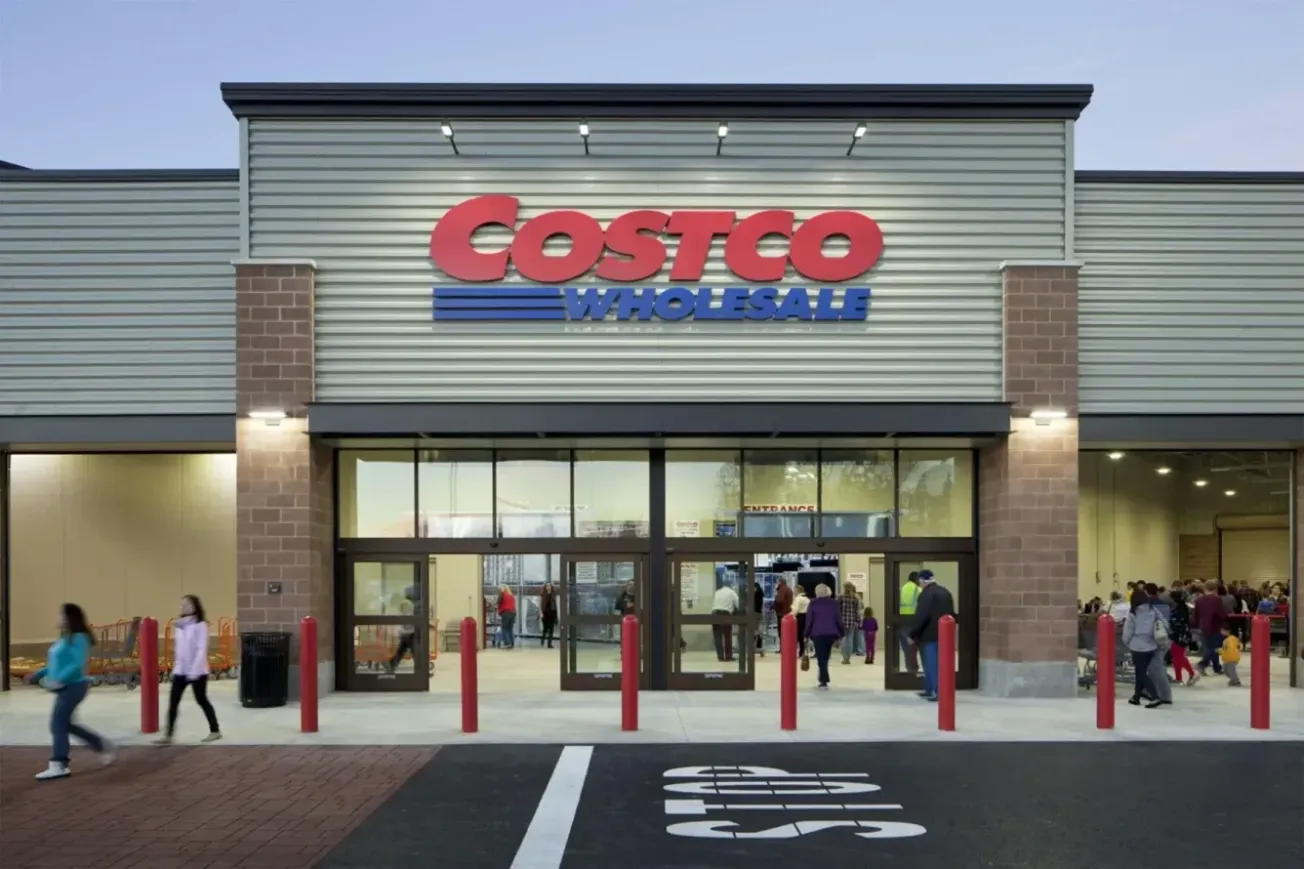Results from the latest iteraton of the American Customer Satisfaction Index (ACSI) were released late last month, and they contain some worrisome findings for most of the nation’s mass market retailers. After reaching its pinnacle two years ago, the index, which is based on data drawn from interviews with some 70,000 consumers, fell for the second straight year. A 2.6% decline gave the overall retail sector a score of 74.8 out of a possible 100.
 Department and discount stores, supermarkets, and health and personal care retailers all fared poorly, with the first two segments each seeing their rating fall 3.9% to respective scores of 74 and 73. That was the worst performance by department and discount stores since 2008, while supermarkets’ score was the lowest in more than a decade. Health and personal care stores, which include the nation’s drug chains as well as other chain pharmacy operators, posted a 5.2% drop, the largest among retailers of any kind, for a score of 73.
Department and discount stores, supermarkets, and health and personal care retailers all fared poorly, with the first two segments each seeing their rating fall 3.9% to respective scores of 74 and 73. That was the worst performance by department and discount stores since 2008, while supermarkets’ score was the lowest in more than a decade. Health and personal care stores, which include the nation’s drug chains as well as other chain pharmacy operators, posted a 5.2% drop, the largest among retailers of any kind, for a score of 73.
Individual companies within those divisions did well. Only one of three companies in the retail industry to enhance customer satisfaction, Wegmans Food Markets raised its score by 1% to 86, while Trader Joe’s notched an 83, and H-E-B and Publix each finished at 82. Kroger and Target came out on top in the health and personal care segment, with respective scores of 81 and 80, ahead of the 76 and 75 they earned for their core grocery and discount businesses.
Despite those success stories, the overall drop-off in customer satisfaction at brick-and-mortar stores is troubling in light of e-commerce’s robust growth. Participants in the survey gave Internet merchants a overall score of 80, the highest among retail channels, although it should be noted that that number was down 2.4% from the previous year.
The ACSI should serve as a wake-up call for traditional retailers. To counter the advantages that e-commerce commands, among them convenient checkout, broad assortments and personalized recommendations, brick-and-mortar stores have to step up their commitment to service. Pleasant face-to-face interaction with knowledgable employees is one of the things that make the shopping experience enjoyable. In a world where consumers have more options than ever, including those that don’t require them to leave home, traditional retailers can’t afford to let the level of customer service they provide decline.






